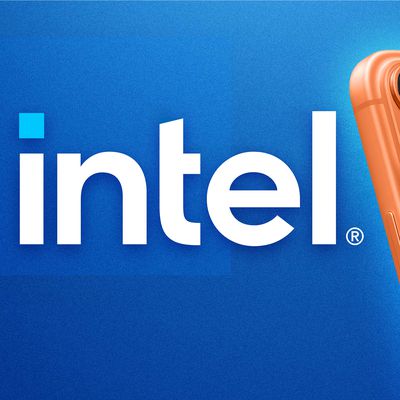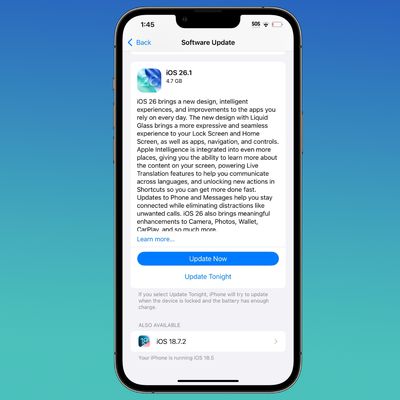Apple chipmaker TSMC is making progress toward manufacturing 2nm and 1.4nm chips that are likely destined for future generations of Apple silicon, DigiTimes reports.
![]()
The manufacturing time frames for mass production of 2nm and 1.4nm chips have now apparently been determined: Trial production of the 2nm node will begin at in the second half of 2024, with small-scale production ramping up in the second quarter of 2025. Notably, TSMC's new plant in Arizona will also join 2nm production efforts. In 2027, facilities in Taiwan will start to shift toward production of 1.4nm chips.
TSMC's first 1.4nm node is officially called "A14" and will follow its "N2" 2nm chips. N2 is scheduled for mass production in late 2025, to be followed by an enhanced "N2P" node in late 2026.
Historically, Apple is among the first companies to adopt new, state-of-the-art chip fabrication technologies. For example, it was the first company to utilize TSMC's 3nm node with the A17 Pro chip in the iPhone 15 Pro and iPhone 15 Pro Max, and Apple is likely to follow suit with the chipmaker's upcoming nodes. Apple's most advanced chip designs have historically appeared in the iPhone before making their way to the iPad and Mac lineups. With all of the latest information, here's how the iPhone's chip technology is expected to look going forward:
- iPhone XR and XS (2018): A12 Bionic (7nm, N7)
- iPhone 11 lineup (2019): A13 Bionic (7nm, N7P)
- iPhone 12 lineup (2020): A14 Bionic (5nm, N5)
- iPhone 13 Pro (2021): A15 Bionic (5nm, N5P)
- iPhone 14 Pro (2022): A16 Bionic (4nm, N4P)
- iPhone 15 Pro (2023): A17 Pro (3nm, N3B)
- iPhone 16 Pro (2024): "A18" (3nm, N3E)
- "iPhone 17 Pro" (2025): "A19" (2nm, N2)
- "iPhone 18 Pro" (2026): "A20" (2nm, N2P)
- "iPhone 19 Pro" (2027): "A21" (1.4nm, A14)
The M1 series of Apple silicon chips is based on the A14 Bionic and uses TSMC's N5 node, while the M2 and M3 series use N5P and N3B, respectively. The Apple Watch's S4 and S5 chips use N7, the S6, S7, and S8 chips use N7P, and the latest S9 chip uses N4P.
Each successive TSMC node surpasses its predecessor in terms of transistor density, performance, and efficiency. Late last year, it emerged that TSMC had already demonstrated prototype 2nm chips to Apple ahead of their expected introduction in 2025.

























